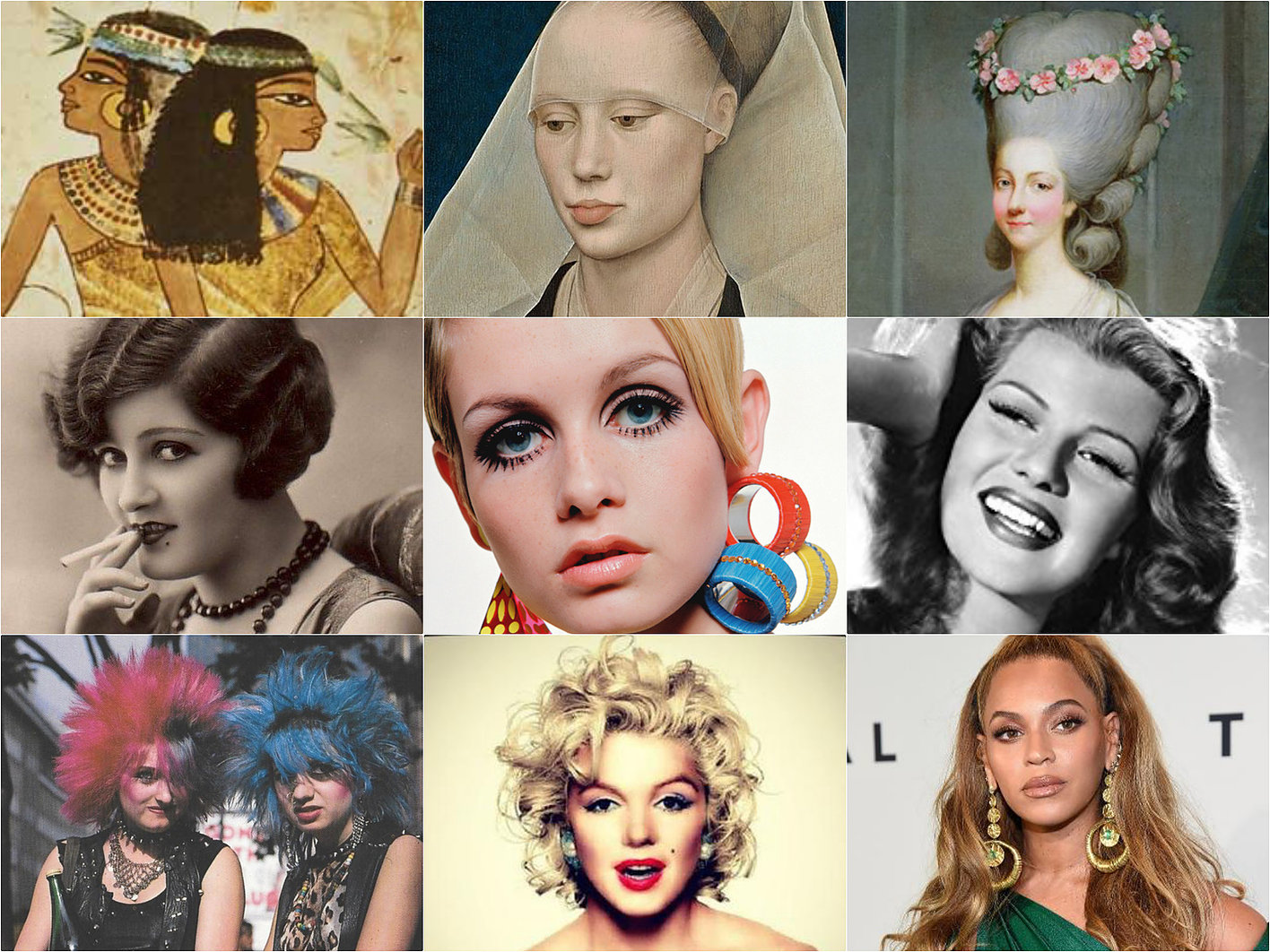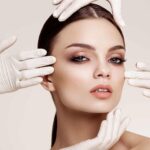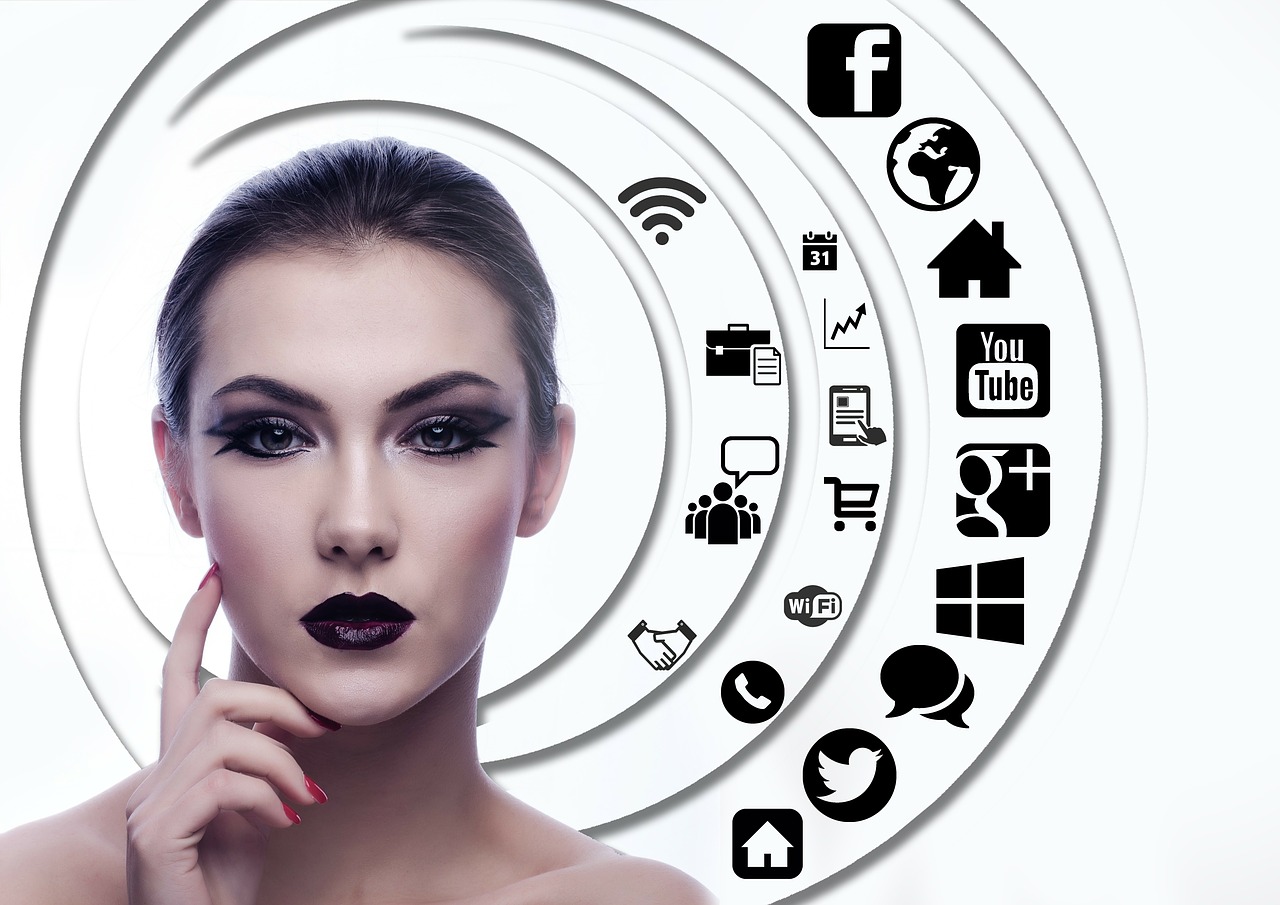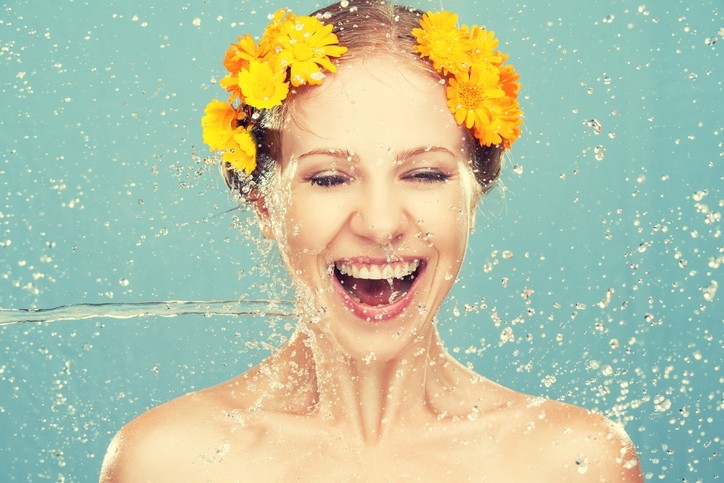Beauty standards have been an integral part of human society for centuries. These standards have changed over time, reflecting the social, cultural, and historical context of each era. In this article, we will explore the evolution of beauty standards throughout history, from ancient times to the present day.
Beauty Standards in Ancient Times
Beauty standards in ancient times varied greatly depending on the civilization. In Ancient Greece, the ideal beauty was a well-proportioned body and a symmetrical face, while in Ancient Egypt, beauty was associated with a youthful appearance, dark hair, and almond-shaped eyes. In Ancient China, small feet were considered beautiful, and women would undergo painful foot binding to achieve this ideal.
Beauty Standards in the Renaissance Era
During the Renaissance, beauty standards shifted towards a more natural and realistic ideal. The ideal beauty during this time was a full-figured body, with curves in all the right places. Women’s hair was worn loose and flowing, and makeup was used to enhance natural features rather than transform them.
Beauty Standards in the Victorian Era
In the Victorian era, the ideal beauty was characterized by a pale complexion, delicate features, and a slender figure. Women were expected to have a small waist, achieved through corsetry, and a high forehead, achieved through the practice of plucking the hairline.
Beauty Standards in the 20th Century
Beauty standards in the 20th century varied greatly depending on the era. In the 1920s, the ideal beauty was characterized by a boyish figure and a short bobbed haircut, while in the 1950s, the ideal beauty was a curvy figure with a tiny waist, full hips, and large breasts. In the 1980s, the ideal beauty was characterized by big hair, heavy makeup, and a toned and athletic body.
Beauty Standards Today
Today, the ideal beauty standard is more diverse than ever before. While some beauty standards persist, such as a youthful appearance and a toned body, there is a growing acceptance and celebration of diversity in beauty. Features that were once considered flaws, such as freckles, natural hair, and plus-size bodies, are now being embraced and celebrated.
Conclusion
In conclusion, beauty standards have changed throughout history, reflecting the social, cultural, and historical context of each era. While some beauty standards have persisted over time, there is a growing acceptance and celebration of diversity in beauty. By embracing diversity and challenging beauty norms, we can create a more inclusive and positive environment for all. The evolution of beauty standards reminds us that our perceptions of beauty are not fixed and that we have the power to shape and redefine beauty standards for future generations.





